Here’s an easy summertime favorite: no-bake lemon cheesecake. This dessert recipe is a perfect finale to the BBQ dinner.
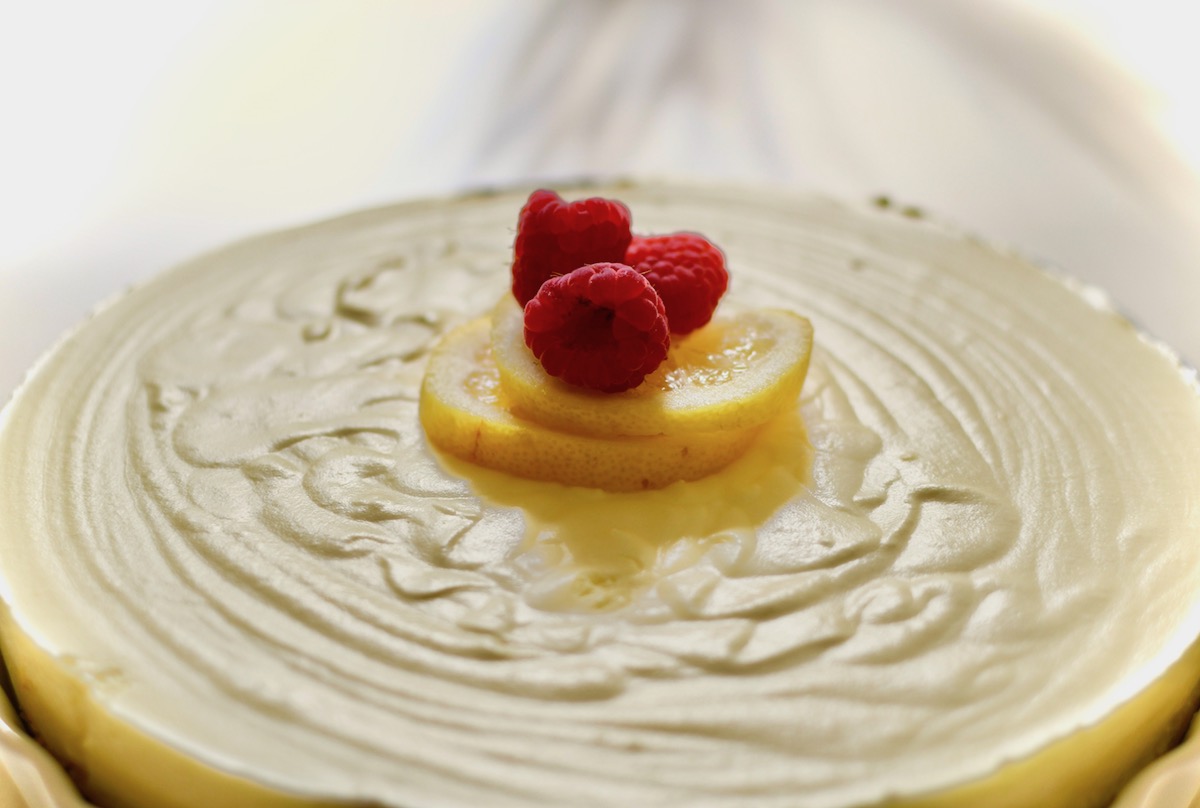

Here’s an easy summertime favorite: no-bake lemon cheesecake. This dessert recipe is a perfect finale to the BBQ dinner.
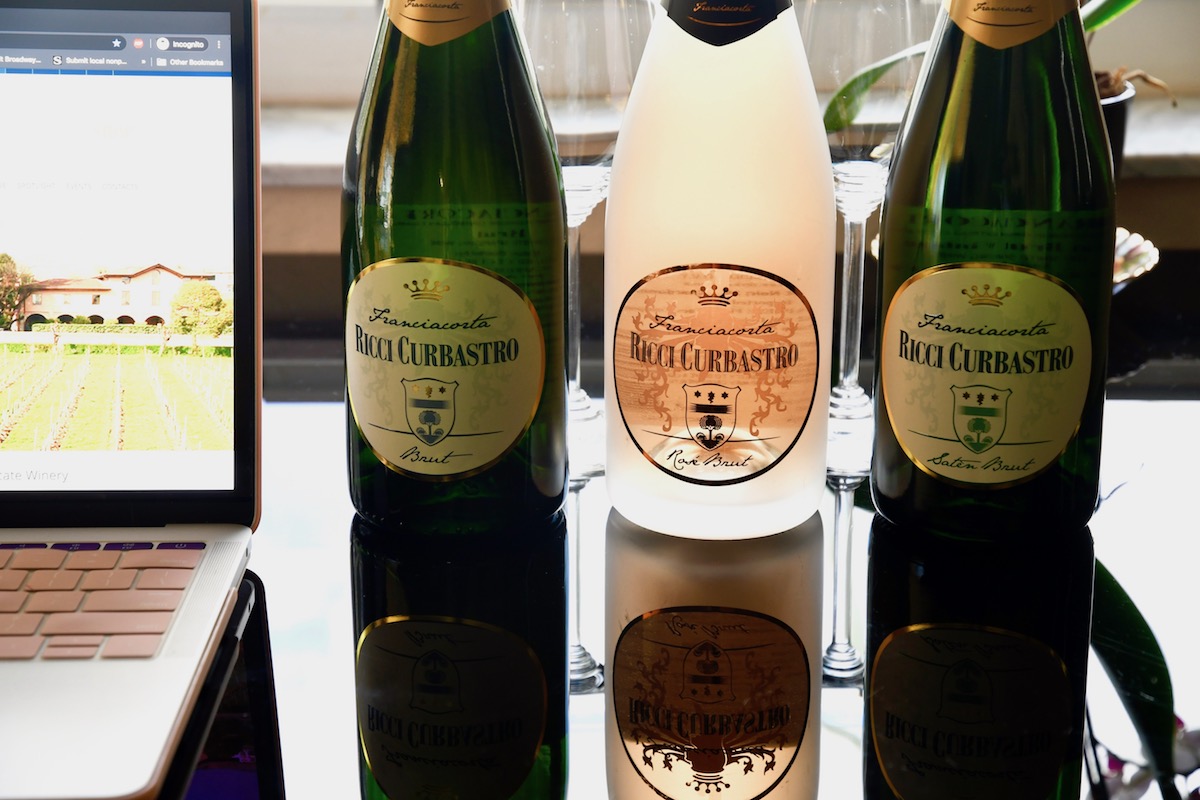
Here’s a recap of the Ricci Curbastro Guided Wine Tasting seminar led by wine expert, Lyn Farmer and presented by World Wine Web Masterclass.
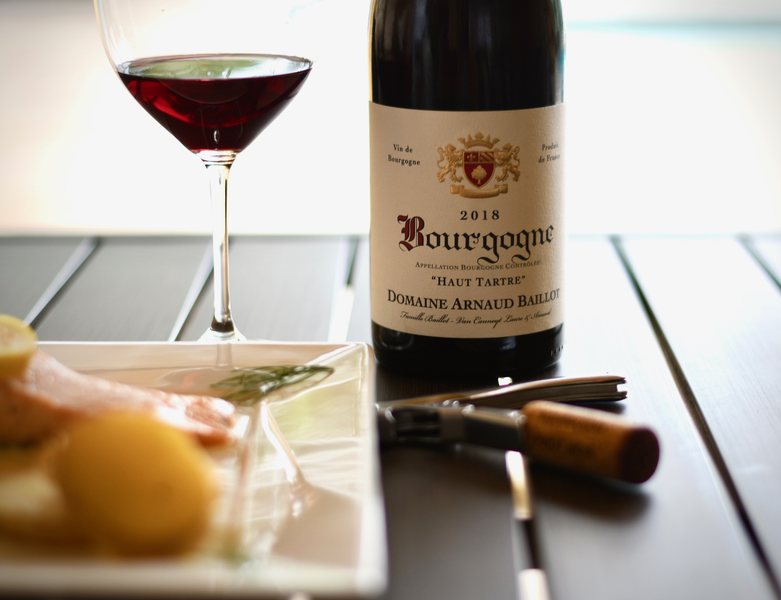
Thinking in Reverse Today, I’m going to talk about how a delicious French Pinot Noir inspired me to make Broiled Salmon with Beurre Blanc. Be forewarned that if you’re counting calories, this…
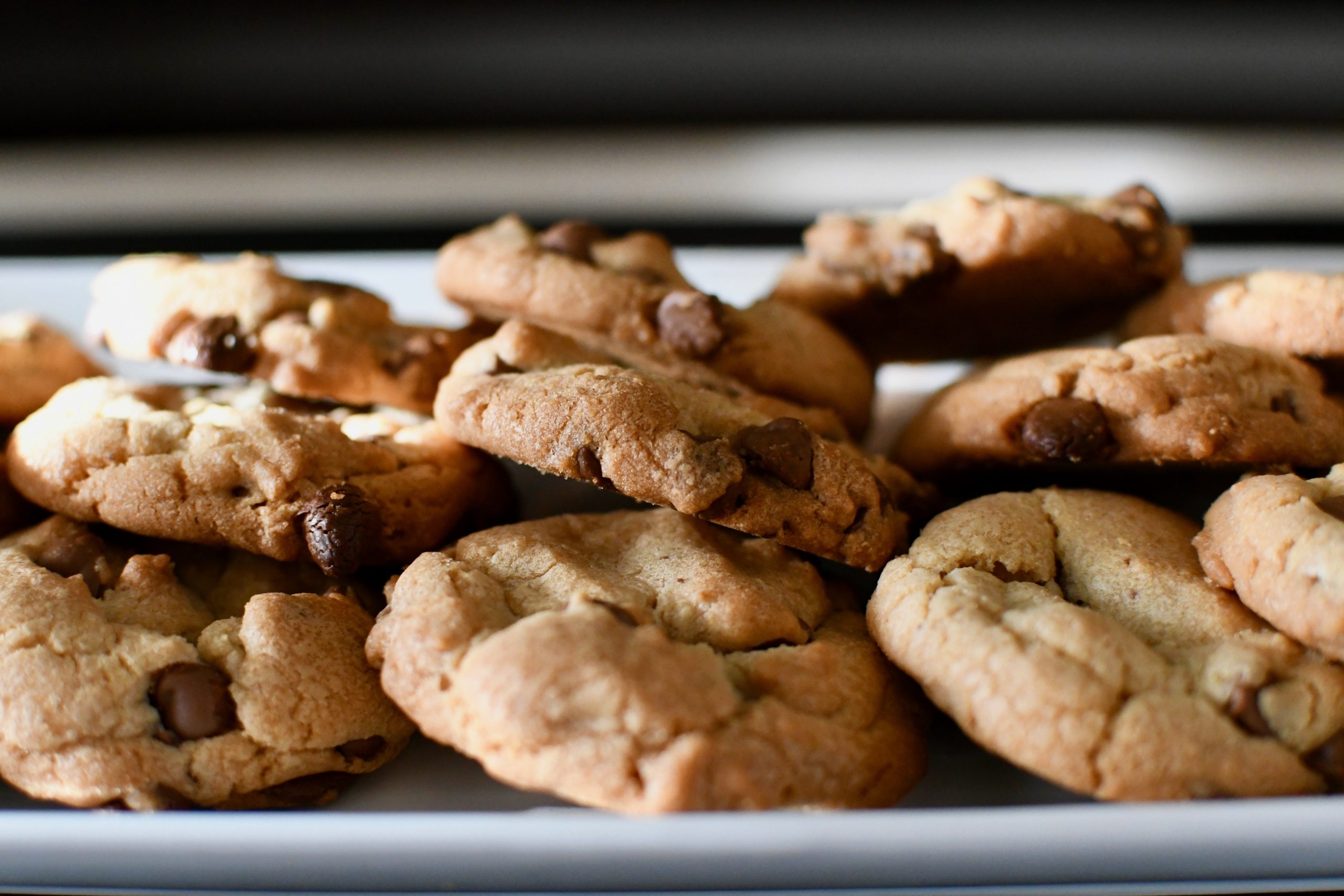
Fast and easy recipe for chocolate chip cookies and the history of this favorite sweet treat. Plus, while staying at home, life seems to be crumbling apart, I’ve added links to some crisis hotlines and mental health resources.
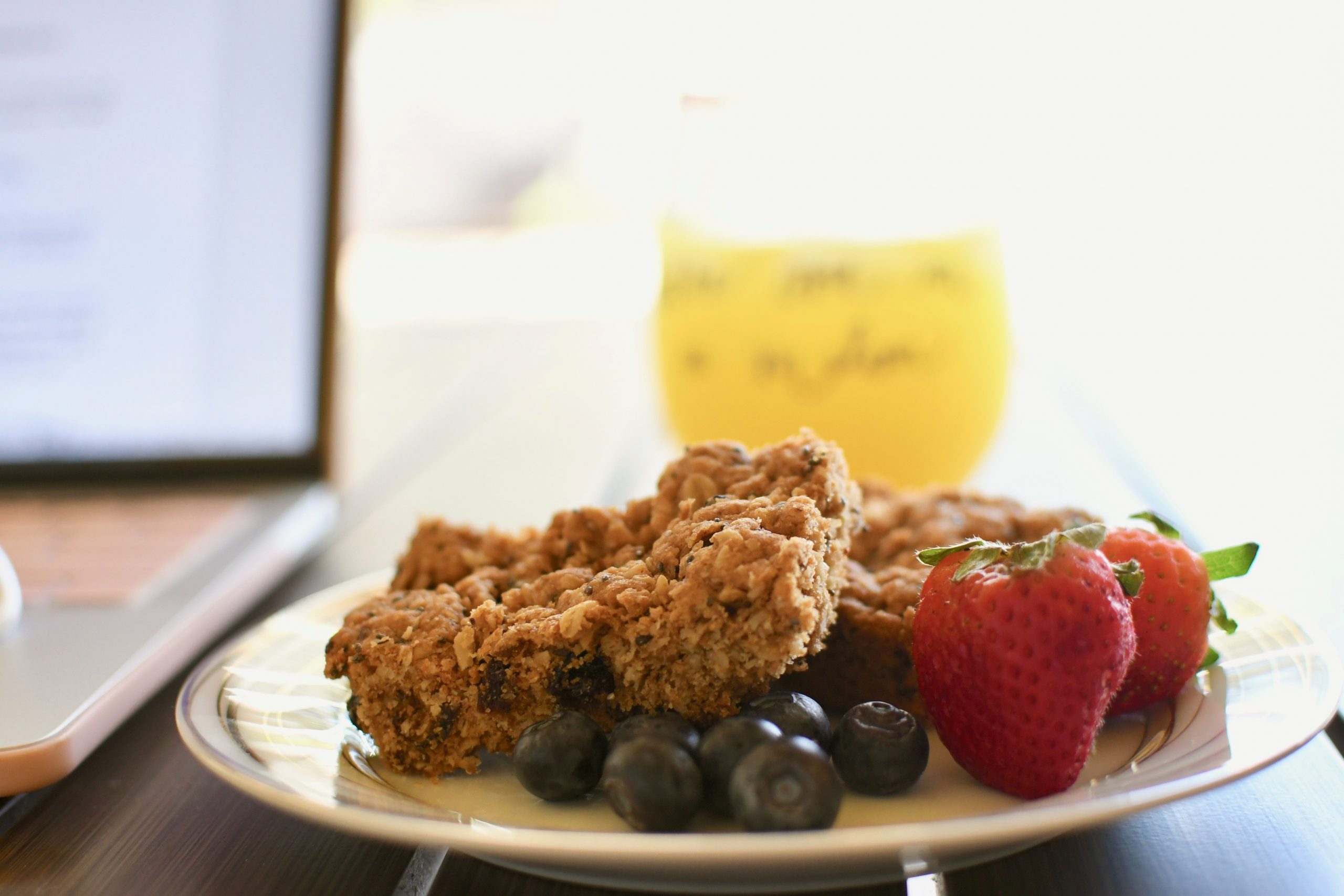
While under at stay-at-home order, here’s a fast, easy and nutritious breakfast for the whole family.
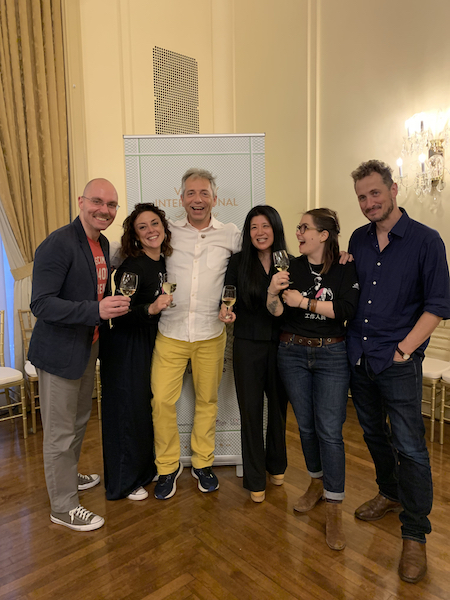
Stefano Campanini is one of twelve people to receive the Italian Wine Ambassador pin of the thirty-nine people who wrote the exam in New York this past Sunday. Miami, FL…July 2, 2019…On…
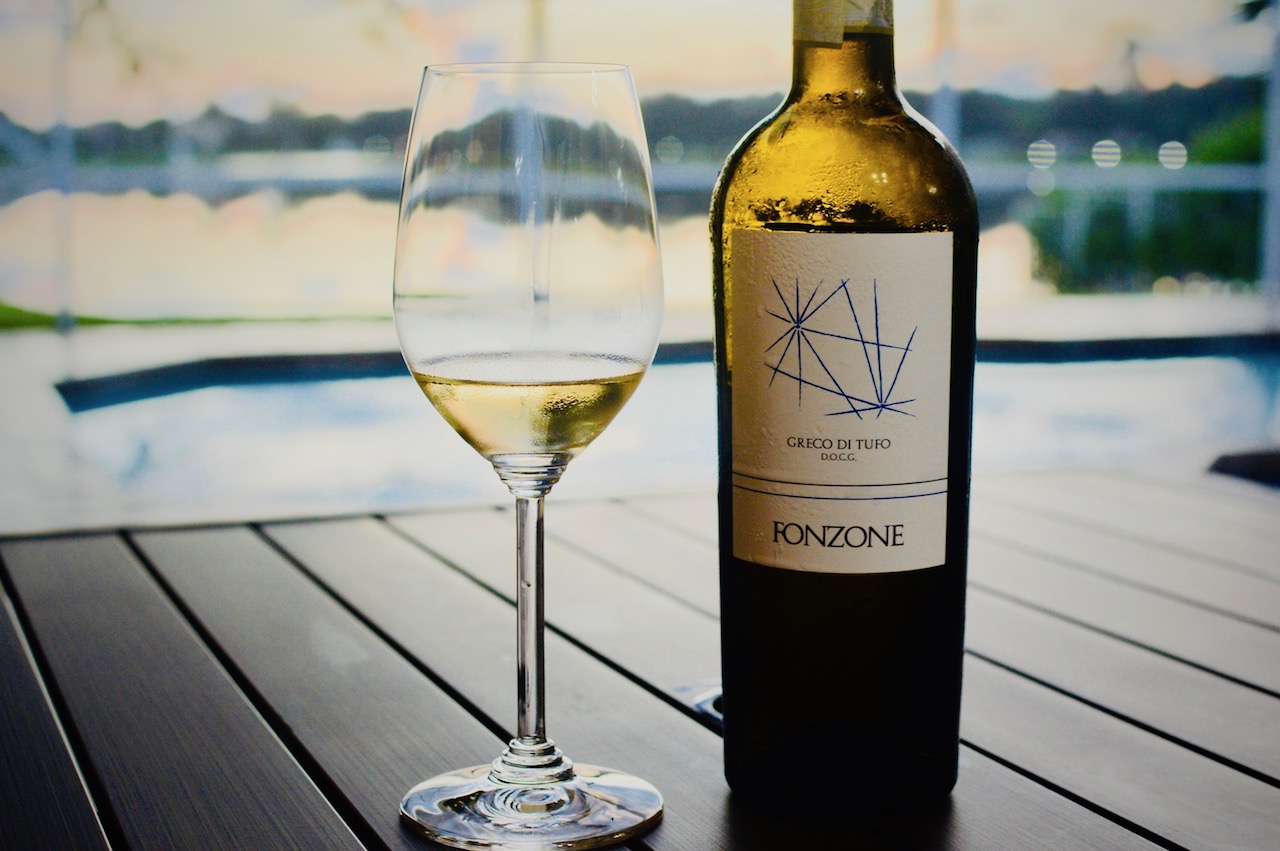
Just when I thought I knew something about grapes, I realized that I was wrong. I’ll be forever a wine newbie, but I’m happy about that. Today, I’ll tell you why. I’m…

There’s no connection really between the rom-com and wine. Just word nerd, wine newbie (hopeless romantic) me playing. I suppose we could make up some far-fetched, metaphorical association like, look beyond the…

It’s 81°f (27.22°c) in South Florida. With heat on the rise, my palate is definitely springing forward – grilling and chilling with a glass of rosé in my hand and swapping out…